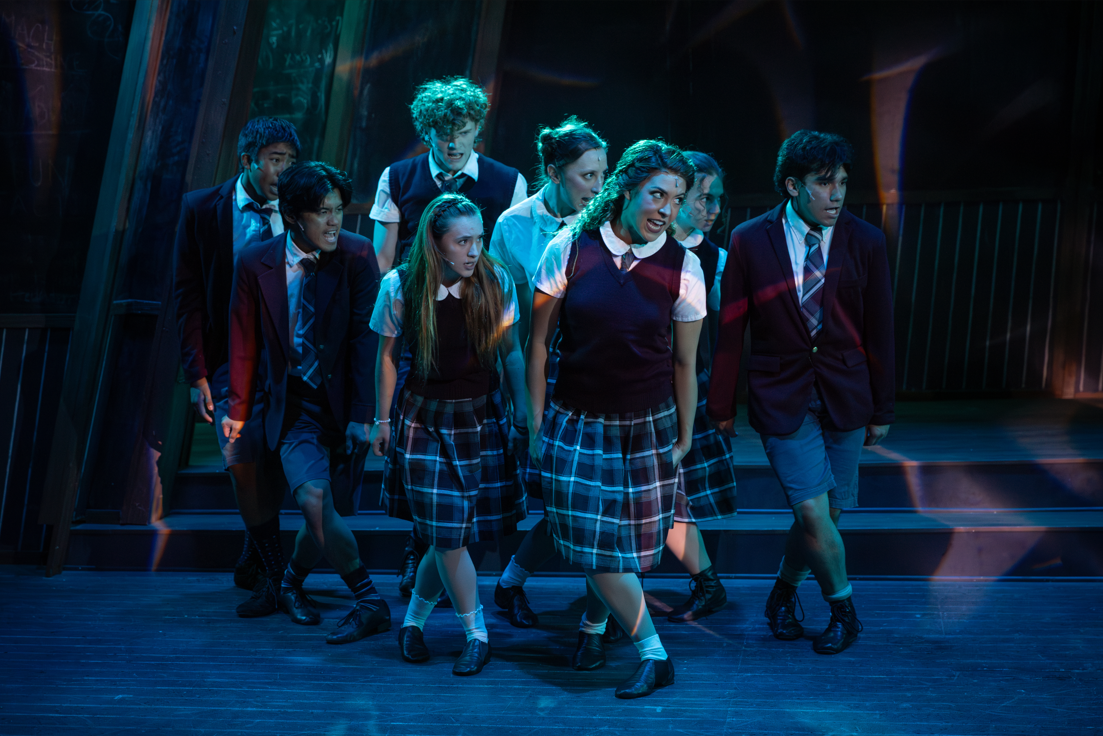The Clueless robotics team won the FIRST Tech Challenge (FTC) World Championship trophy in Houston, April 17-20.
With seven Westview students on their team of 14, The Clueless worked tirelessly to make it to this moment. During the FTC San Diego Regional competition on March 10, the team broke the world record by scoring 416 points in a match, the first and only team to break 400 points this competition year without penalties.
Winning first place at the Regional competition, The Clueless advanced to the FTC Championship in Houston, where they competed against 223 other teams from around the world. The teams competed in three days of qualification matches where The Clueless won nine out of their 10. For the grand final, the top-ranking teams from qualification matches are tasked to draft two other teams to compete together, where the teams’ robots rotate to compete on the floor in 2v2 matches. With their high-scoring performances, The Clueless was drafted to join an alliance with a team from Romania and South Africa and competed in three matches together for the championship.
Annually, the FTC releases a novel game in September, and teams are given 36 weeks to design, program, and build their robot to compete. This school year, teams competed in a two-minute and 30-second game and were tasked to build a robot that could pick up plastic hexagons, known as pixels, and place them on an angled board. Points were awarded on how high the pixels were stacked, and teams could also win extra points by having the robot launch a paper airplane into a zone or suspend itself on a truss.
In the grand final, The Clueless and their alliance lost their first match but won their second. The three teams in the alliance that won the most points in the third round would go home from Houston as world champions.
The last two minutes of the championship was the driver-controlled period, where the robot was operated by team drivers. Co-captain Alex Battikha (11) is the driving coach and directs the drivers during the matches, and said that there are many pressures that the drive team experiences, especially when a championship trophy is on the line.
“It was definitely very stressful,” Battikha said. “There was a lot of commotion on the field and unexpected scenarios, like when teams were playing defense on us. One of the teams on the other alliance was blocking us in a specific way. So I was coaching our team and providing feedback on how to navigate around them.”
The Clueless found themselves closely tied in the final match, but Battikha said that the driver’s maneuvering and the robot’s speed contributed to their success.
“For the majority of the match, we were neck-and-neck the entire period,” Battikha said. “But I think one key aspect of our robot is just its speed. We navigated around all the teams trying to play defense on us so quickly and we were able to outscore them.”
Despite the intense pressures and the close match, Battikha said that the driving team performed with confidence.
“I knew teams on the other alliance were very top-notch,” Battikha said. “But again, we spent so much time on this robot and I knew we had a shot. We generally like to come up with a plan, so knowing what we’re going to be doing in every single duration in the two-minute driver-control period. The best way is just to keep our cool.”
The first 30 seconds of the game was an autonomous period where the robot had to perform actions on its own. Hudson Kim (11) is co-captain of The Clueless and the software team lead. Kim said that their biggest challenge was figuring out how the robot could determine its exact location.
“One of the biggest challenges we worked on that I’m most proud of is our localization system,” Kim said. “During the 30-second autonomous period, the robot needs to know where exactly it is to a very precise degree. You have to be able to create programs that are robust and able to accept data that’s noisy. It was a big software challenge to fuse all that data and then get the robot to work properly so that it would be able to be reliable and work well.”
As a result of their hard work, The Clueless and their alliance won their third match 400-374, making them world champions.
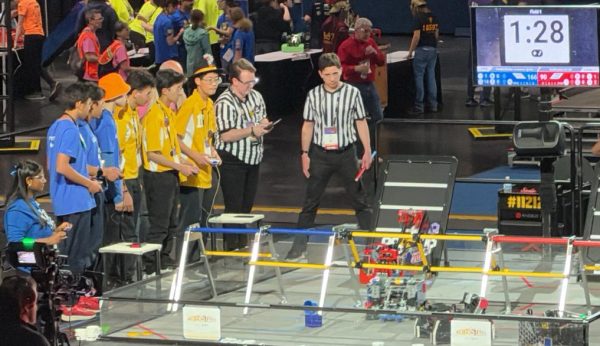
“When they announced it, it was just surreal, and my teammates and I were jumping around for a good two to three minutes,” Woobin Wang (11) said. “Everyone was just hugging each other, one of our drivers was crying on the stage, and it felt crazy.”
In addition to winning, The Clueless were finalists for the Inspire Award at the Championship competition, which recognizes excellence in robot design, teamwork, and outreach. With more than 2,500 cumulative community service hours, The Clueless organized seven week-long robotics summer camps and raised over $10,000 to enable their own financial independence. Additionally, The Clueless has partnered with NASA to teach STEM to girls and low-income students, created a YouTube video with half a million views that teaches the technicalities of their robot design, and 3D-printed over 1,000 medical braces for injured civilians and soldiers in Ukraine.
Kim said that the Championship competition was an incredibly unique experience and that he appreciates the community that FTC has given him. However, he said being in a highly competitive environment came with its nerves.
“It’s both really exciting, but also a little bit nerve-wracking,” Kim said. “For one, it’s exciting to see everyone from all over the world. I made a lot of really good friends from Kazakhstan and Australia. We stayed in the same hotel, and the software team, specifically, [bonded when] we stayed up till 5 a.m., but it’s also nerve-wracking because the stakes are a lot higher and there’s a lot more pressure to perform.”
Additionally, Kim said that he has improved both his STEM abilities and leadership through this competition.
“One of the cool aspects of robotics is that you can take the algorithms and stuff that you learn in school and actually apply it to a real-world challenge,” Kim said. “I’ve learned a lot. I’ve definitely become a lot stronger of a STEM student and a better programmer, and also a better leader too. You learn not just how to solve a challenge, but also be able to communicate and work with the team.”


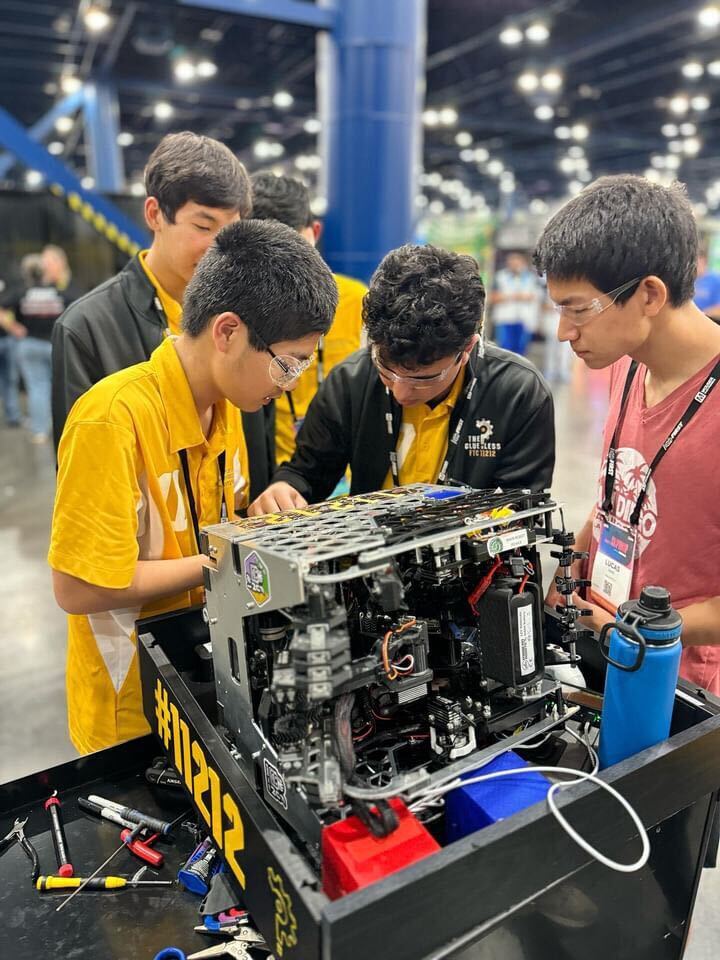
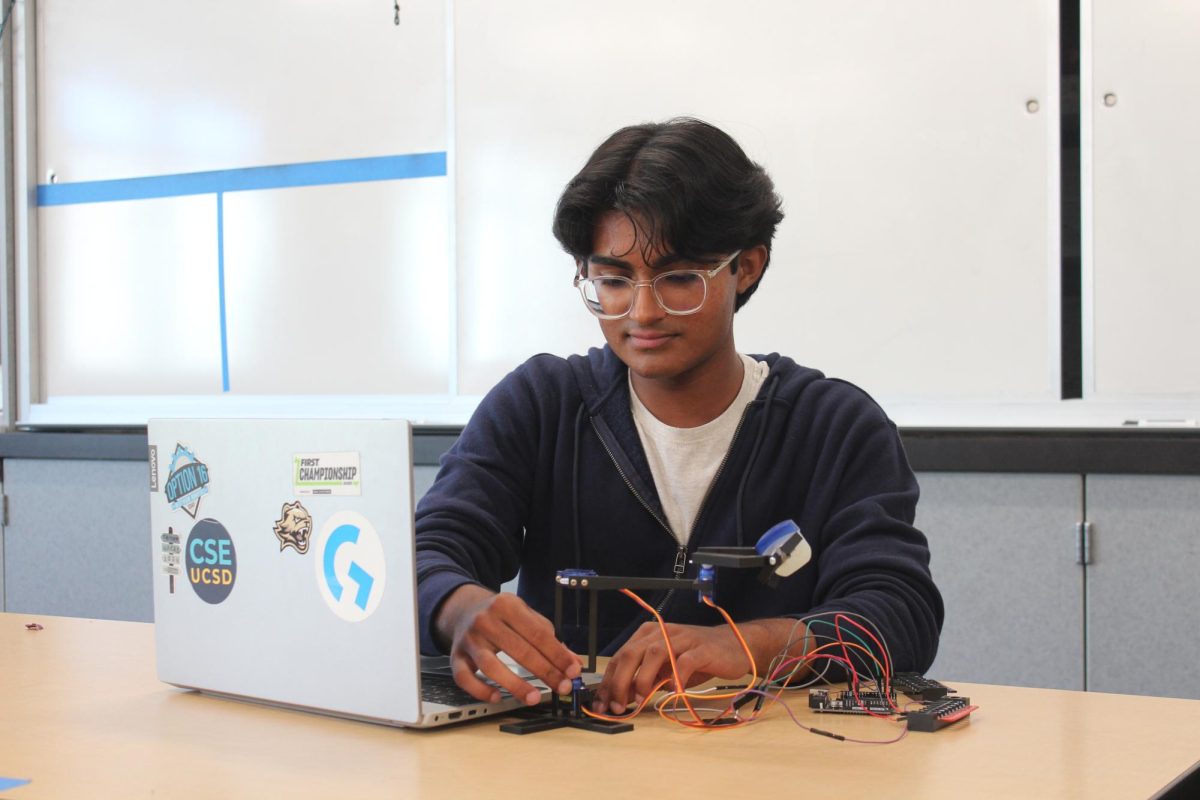
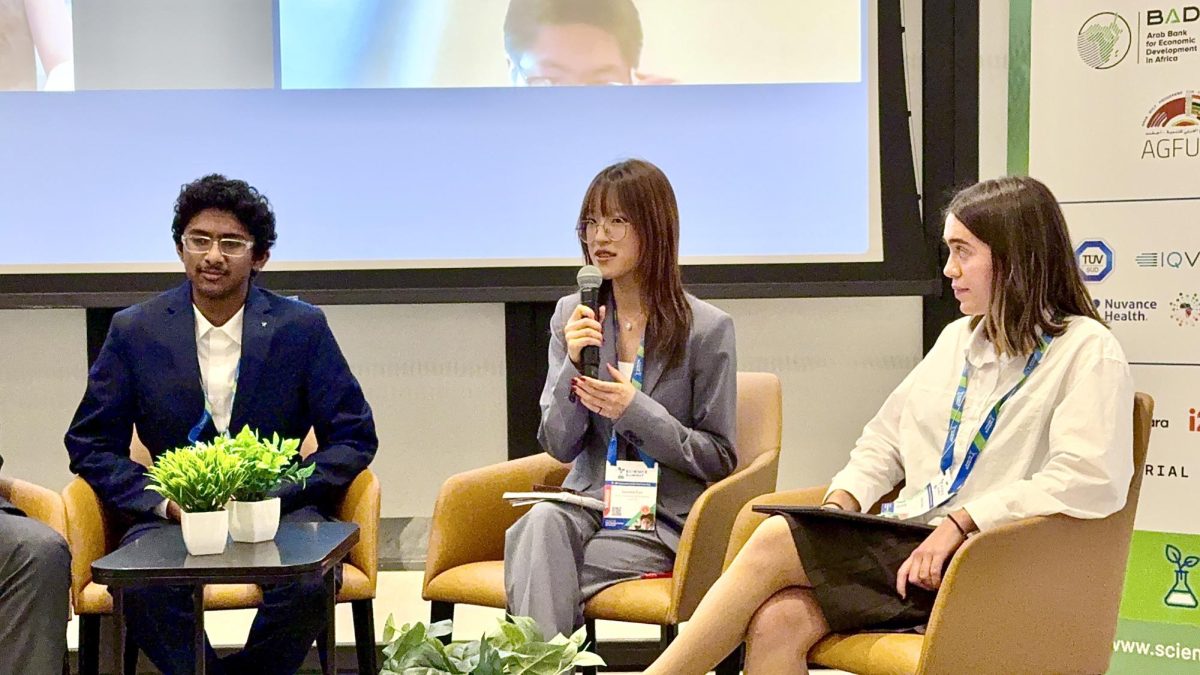
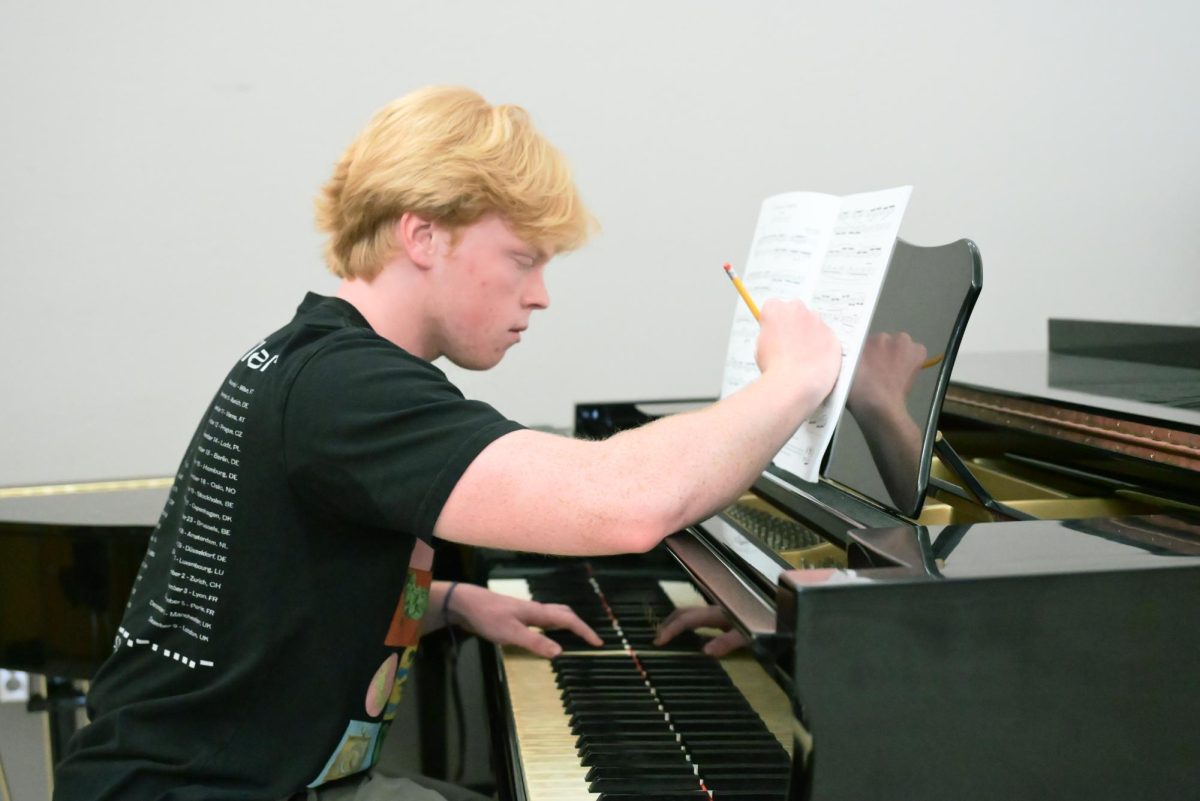
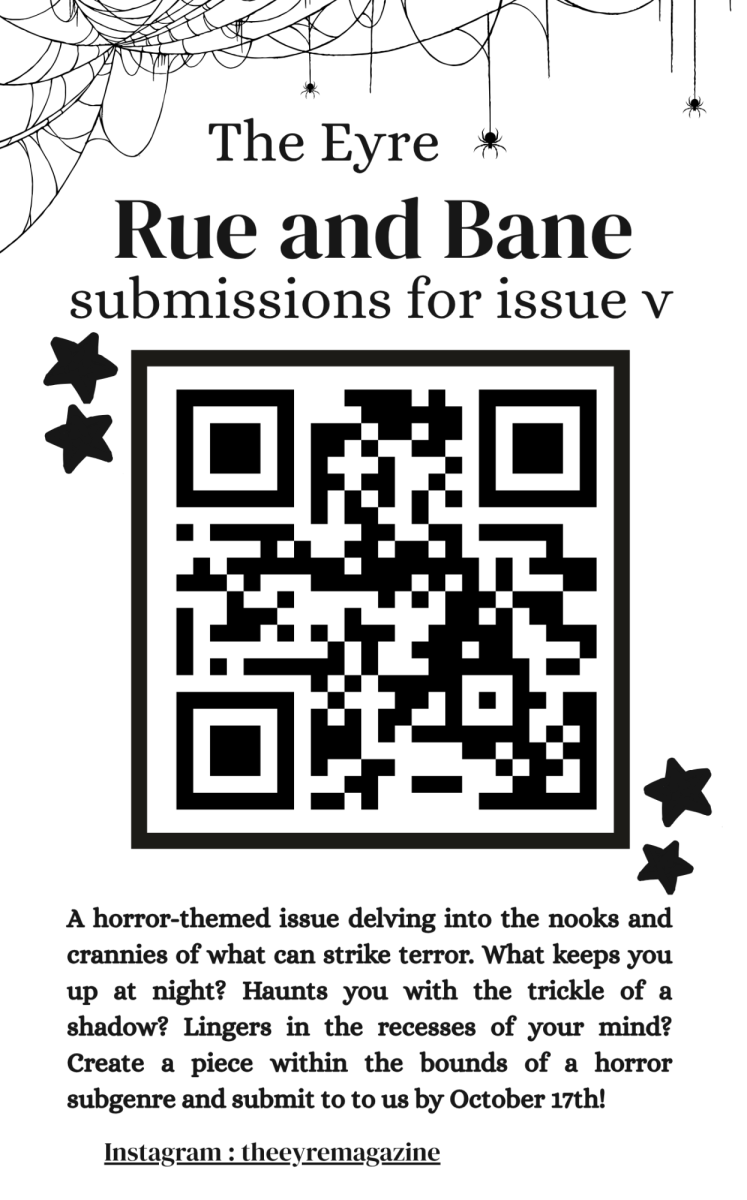
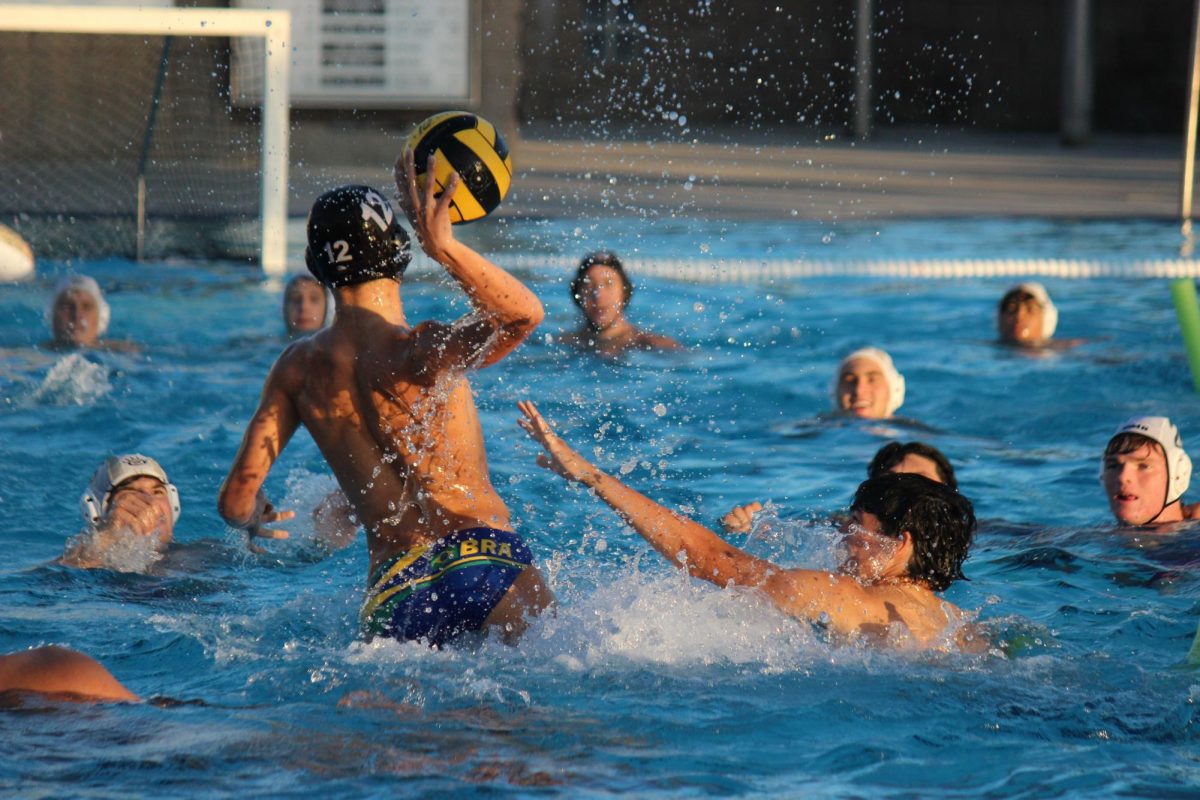



![Jolie Baylon (12), Stella Phelan (12), Danica Reed (11), and Julianne Diaz (11) [left to right] stunt with clinic participants at halftime, Sept. 5. Sixty elementary- and middle-schoolers performed.](https://wvnexus.org/wp-content/uploads/2025/09/IMG_1948-800x1200.png)
